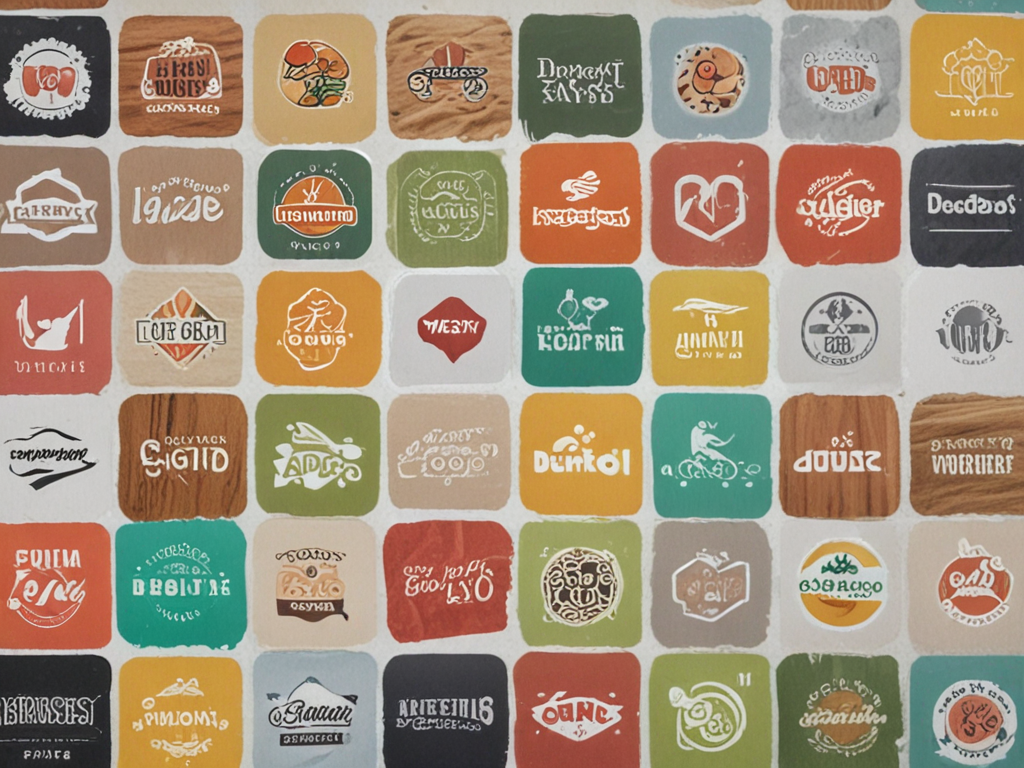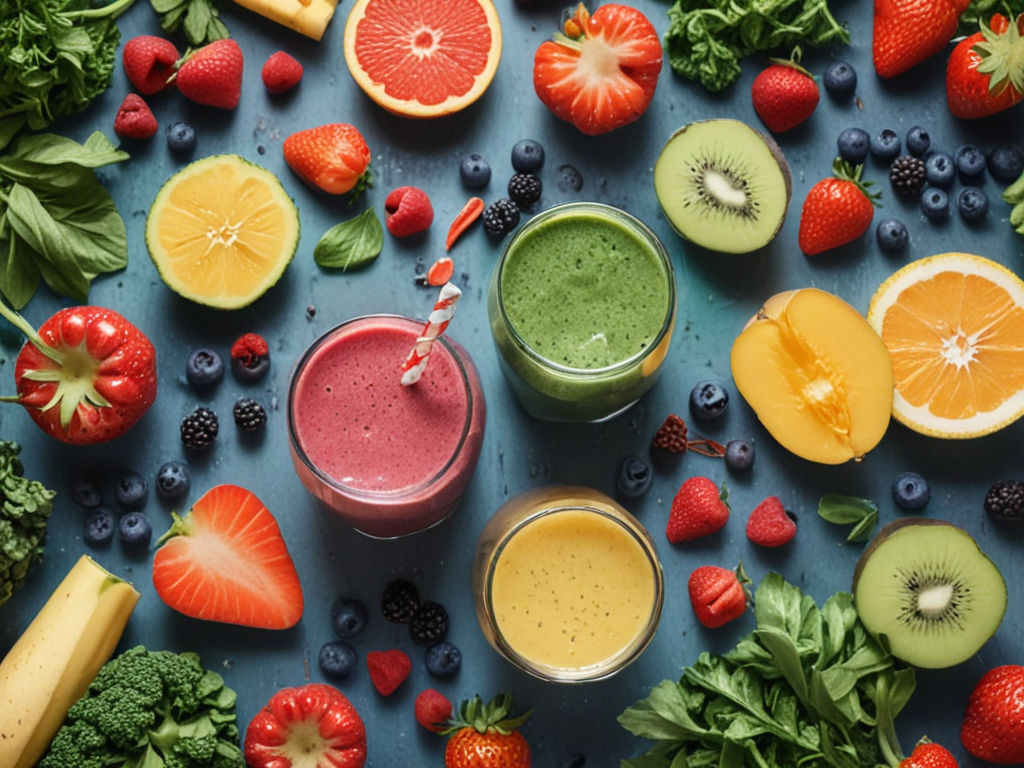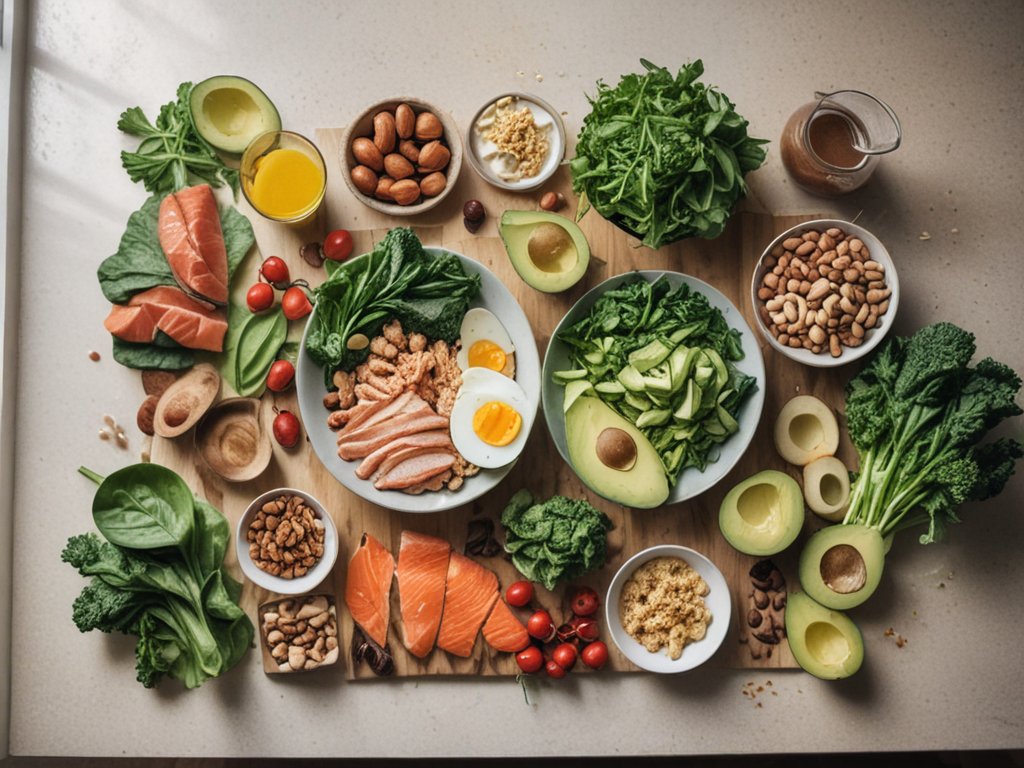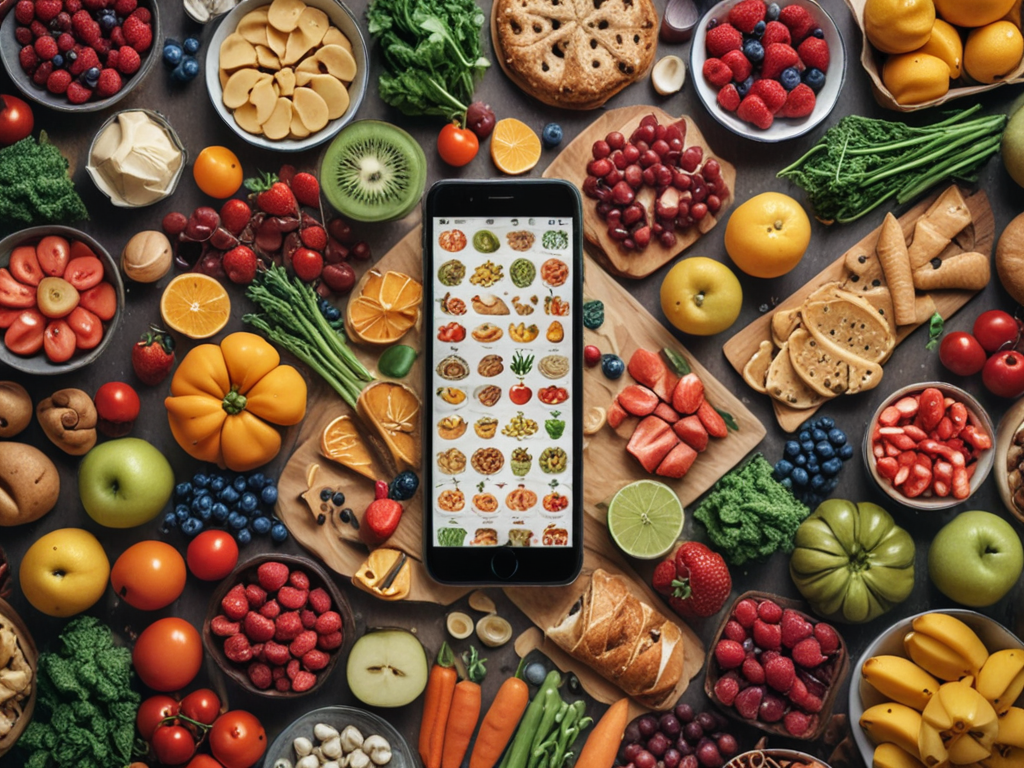
As the digital landscape evolves, food delivery apps have become more than just a means of satisfying hunger; they have become a symbol of modern convenience and instant gratification. The ease of ordering a meal with a few taps on a screen has undeniably transformed the way many of us approach dining. However, behind this convenience lies a complex web of implications for our eating habits and overall health. From influencing our food choices to potentially altering our portion sizes and eating patterns, the impact of food delivery apps on our daily lives extends far beyond mere convenience.
Convenience and Accessibility
When using food delivery apps, one can experience a significant increase in convenience and accessibility to a variety of dining options. The impact of these apps on time management is profound. With the ability to order food with just a few taps on a smartphone, individuals can save valuable time that would have been spent preparing meals or physically going to a restaurant. This newfound time can be allocated to other activities, contributing to a more balanced lifestyle. Additionally, meal planning becomes more flexible with food delivery apps. Instead of having to meticulously plan out every meal in advance, individuals can simply browse through the app’s offerings and choose something that suits their current cravings or dietary requirements. This flexibility can lead to a more diverse and exciting culinary experience, as individuals are not limited to the ingredients they have on hand or the recipes they are familiar with. Overall, the convenience and accessibility offered by food delivery apps positively impact time management and meal planning, providing individuals with the freedom to enjoy a wider range of dining options without the constraints of traditional meal preparation.
Influence on Food Choices
Food delivery apps play a significant role in influencing consumers’ food choices through menu customization options that cater to individual preferences. Additionally, the frequent promotions and discounts offered on these platforms can sway users towards particular dishes or restaurants. Additionally, the availability of healthier meal selections on food delivery apps encourages users to opt for more nutritious options when ordering meals.
Menu Customization Options
Amidst the myriad of options available on food delivery apps, the menu customization features wield a significant influence over consumers’ food choices. These features cater to personal preferences and dietary restrictions, allowing individuals to tailor their meals to align with their specific needs and desires. The ability to customize menu items empowers users to make healthier choices by selecting ingredients or portion sizes according to their dietary goals. Additionally, it provides a sense of freedom and control over what they consume, enabling individuals to adhere to their unique food preferences. By accommodating personal tastes and restrictions, menu customization options play an essential role in shaping consumers’ decisions and fostering a more personalized dining experience.
- Tailoring meals to personal preferences
- Adhering to dietary restrictions
- Empowering individuals to make healthier choices
Promotions and Discounts
In evaluating the impact of promotions and discounts on food choices, one must consider the strategic allure these incentives hold for consumers in the domain of food delivery apps. Loyalty programs and special offers play a significant role in influencing individuals to opt for specific food items or restaurants. Marketing strategies, such as targeted coupon codes, create a sense of urgency and exclusivity, prompting users to make impulsive decisions based on the perceived value of the deal. These tactics not only drive sales for the food delivery platforms but also shape consumer behavior by encouraging repeat purchases and fostering brand loyalty. By leveraging promotions and discounts effectively, food delivery apps can sway individuals towards particular dining options, ultimately influencing their eating habits.
Healthy Meal Selections
When considering dietary preferences and overall health goals, the selection of nutritious meal options through food delivery apps greatly influences my food choices. These apps offer a variety of healthy dishes that cater to different nutritional needs and restrictions.
- Nutritional Balance: Apps provide detailed nutritional information, helping me maintain a balanced diet.
- Dietary Restrictions: They offer customizable options for individuals with specific dietary requirements.
- Meal Prep, Cooking Skills: Users can learn new recipes and cooking techniques through the app, promoting healthier eating habits in the long run.
Impact on Portion Sizes
The proliferation of food delivery apps has led to a notable increase in portion sizes consumed by individuals. With the convenience of ordering food at the tap of a screen, it becomes easier to indulge in larger meal sizes without much thought to portion control. The variety of options available on these apps often includes enticing upsizes and combo deals, encouraging customers to opt for larger portions than they may need.
Additionally, the lack of physical interaction in the ordering process removes the social cues that typically regulate eating behavior, leading to overeating. When ordering through an app, there is no server to suggest portion sizes or check if the order aligns with the customer’s actual hunger level.
As a result, the ease and convenience of food delivery apps can inadvertently contribute to a shift towards larger portion sizes, potentially impacting individuals’ overall eating habits and health outcomes. It is essential for consumers to practice mindfulness and moderation when using these apps to maintain a balanced approach to their food consumption.
Shift in Eating Patterns
As I analyze the impact of food delivery apps on eating habits, an evident shift in eating patterns is noticeable. Time-saving meal choices have become prevalent, leading to an increased reliance on convenience when it comes to food consumption. This alteration has not only influenced individuals’ dining preferences but has also reshaped the way people approach their daily meals.
Time-Saving Meal Choices
Frequently opting for time-saving meal choices through food delivery apps has led to a noticeable shift in eating patterns among consumers. This shift is primarily influenced by the convenience and variety offered by these apps.
- Convenience: Quick access to a wide range of restaurants and cuisines at the touch of a button.
- Variety: Exploring new dishes and flavors that may not have been easily accessible through traditional meal planning.
- Flexibility: Adapting to changing dietary preferences or cravings without the need for extensive meal preparation.
The ease of ordering through food delivery apps has revolutionized how individuals approach mealtime, allowing for greater flexibility and spontaneity in their eating habits while still prioritizing their personal dietary needs and preferences.
Increased Reliance on Convenience
Having observed the shift towards time-saving meal choices facilitated by food delivery apps, it is evident that this convenience-driven trend has greatly altered consumers’ eating patterns towards an increased reliance on convenience. The ease of ordering meals through apps has transformed the way individuals approach their daily sustenance, leading to significant changes in time management and overall lifestyle. With the convenience of having food delivered directly to their doorstep, people are now more inclined to opt for ready-made meals instead of cooking at home or dining out. This shift in eating habits reflects a broader societal change towards prioritizing efficiency and convenience in all aspects of life, highlighting how food delivery apps have become integral in shaping contemporary lifestyle choices.
Altered Dining Preferences
The shift in eating patterns brought about by food delivery apps underscores a notable transformation in how individuals choose and consume their meals. With the convenience factor playing a significant role in decision-making, taste preferences are also being reshaped. Here are some key points for reflection:
- Convenience Factor: The ease of ordering food through apps has led to a shift towards more frequent dining from restaurants.
- Taste Preferences: Individuals are exploring a wider variety of cuisines and dishes, driven by the diverse options available on food delivery platforms.
- Health Considerations: While convenience is paramount, there is a growing awareness of the need to balance indulgence with healthier choices, influencing dining preferences.
Implications for Nutrition
With the rise in popularity of food delivery apps, there is a growing concern regarding the potential impact on individuals’ nutritional intake. The convenience of ordering food through these apps may lead to a shift in dietary habits, potentially affecting the nutritional balance of meals consumed. People are more inclined to choose quick and often less healthy options when ordering through these platforms, which can result in a higher intake of calories, unhealthy fats, and sugars. This shift towards more convenient, but often less nutritious, food choices could have long-term implications for overall health and well-being.
Maintaining a balanced diet is essential for optimal health, and food delivery apps may inadvertently hinder individuals from achieving this goal. The ease of ordering food online can lead to frequent consumption of meals high in calories and low in essential nutrients. As a result, there is a risk of developing nutritional deficiencies and other health issues associated with poor dietary choices. It is essential for individuals to be mindful of their food selections when using these apps to make sure they are meeting their nutritional needs and promoting overall wellness.
Behavioral Changes
Amid the proliferation of food delivery apps, a noticeable shift in behavioral patterns regarding food consumption has been observed. Personally, I’ve noticed distinct changes in how I approach meals due to the convenience and variety these apps offer. It’s essential to explore the impact of these behavioral changes.
- Increased Accessibility: With food delivery apps, a plethora of dining options are just a few taps away, making it easier to try new cuisines or indulge in comfort foods.
- Altered Meal Timing: The flexibility of ordering food anytime, anywhere can blur traditional meal times, leading to irregular eating schedules and potentially affecting overall health.
- Challenges with Dietary Restrictions: While food delivery apps offer customization for dietary restrictions, the temptation of diverse menu items may sometimes lead to unintentional consumption of restricted ingredients.
Additionally, the reliance on food delivery can alter social interactions around meals, affecting the way individuals engage with others during dining experiences. As these behavioral shifts continue, it is essential to remain mindful of how food delivery apps impact our eating habits and overall well-being.





